If you save for retirement through a 401(k) plan, you may have noticed changes to it over the years — for example, automatic increases in your contributions and “catch-up” amounts for the over-50 crowd.
A couple more tweaks, which were included in a 2019 retirement bill called the Secure Act, could also become more apparent in the near future. Both address workers’ interest in having guaranteed income in retirement.
More changes to 401(k) plans could be on their way, as well: Bipartisan bills in both the House and Senate aim to make more improvements to the retirement system and could affect 401(k) plans. For instance, one provision calls for allowing employers to make contributions on behalf of employees who are making student loan payments instead of contributing to their retirement plan.
In the meantime, here are a few things you may notice that are different with your 401(k) this year.
Contribution limit changes
The maximum amount you can contribute to your 401(k) may be adjusted from year to year. For 2022, you can put up to $20,500 in a traditional 401(k), up $1,000 from 2021. The 50-and-over crowd is allowed an extra $6,500 as a “catch-up” contribution, for a total of $27,000. Employer contributions do not count toward these limits.
However, the IRS does limit the combined contributions made by employers and employees. For 2022, that limit is $61,000, and it’s $67,500 for participants age 50 or older, reflecting the catch-up amount allowed.
For simple 401(k) plans, which small businesses might offer, there is a contribution limit of $14,000 for 2022. The catch-up amount is $3,000. Solo 401(k) plans — used by the self-employed with no employees except perhaps a spouse — come with the same contribution limits as traditional 401(k) plans.
Estimate of guaranteed income
At some point in the coming months, you likely will see illustrations on your quarterly or annual statements showing an estimate of how much guaranteed lifetime income you could potentially get if your account balance were annuitized. This mandate for 401(k) plans and similar workplace plans were included in the Secure Act.
“The point ... is to help participants determine if they’re on track to meet their retirement goals,” said Jason Berkowitz, chief legal and regulatory affairs officer for the Insured Retirement Institute.
“So you take that [balance] and see how that would translate into a protected stream of income in retirement,” Berkowitz said.
Under an interim rule issued by the U.S. Department of Labor, that’s now in effect — a final rule is expected relatively soon and it could be different — two illustrations would be provided at least once a year. One would show estimated monthly income from a single life annuity (monthly payments made until the owner dies) and the other from a joint annuity with benefits for a surviving spouse.
The monthly amounts shown would be based on a worker’s current account balance and assume the payments were to start immediately — and as if the person were age 67, or their actual age if older.
Of course, if the person is, say, 35, there are many years left to make contributions that will grow, which the illustration wouldn’t reflect. There has been some concern that for savers with lower balances, the numbers they see could be deflating if based solely on what they have accumulated so far.
House Ways and Means Chairman Richard Neal, D-Mass., sent a letter to the Labor Department in late 2020 in response to the interim rule, asking that there be additional assumptions — i.e., investment returns — included in the information provided to 401(k) participants.
It’s uncertain whether the final rule will include that recommendation.
“Pretty much everyone agrees it’s useful information, but how you provide it is the sticking point,” said Craig Copeland, a senior research associate with the Employee Benefit Research Institute.
Annuities in your plan
Although companies have been permitted to include annuities in their 401(k) plans, the Secure Act aimed to eliminate companies’ fear of legal liability if the annuity provider were to fail or otherwise not meet its obligations.
Now, insurance companies, asset managers and employers are moving toward making these guaranteed lifetime income options more broadly available through 401(k) plans and similar workplace plans.
However, uptake by plan sponsors has been slow. Part of the problem is workers not understanding annuities, as well as an aversion to the idea of handing over their retirement savings in one lump sum.
“But people also say they are interested in a guaranteed source of income in retirement,” Copeland said. “So, that makes it tough.”
Annuities generally involve entering into a contract with a provider, typically an insurance company, whereby you hand over your money in exchange for the promise that you’ll receive regular payments across many years. Yet annuities can be tricky to understand and, depending on the type, pricier than other options for your money.
Generally speaking, though, annuities in your 401(k) may look different from those purchased outside the plan.
For instance, at BlackRock, a guaranteed income option will be embedded in target-date funds, which gradually move away from stocks and toward safer investments such as bonds as you near retirement age.
As part of that steady shift in investments, BlackRock’s funds will begin allotting about 10% to annuity contracts when you reach age 55. That share will grow to 30% by the time you reach 65.
Any time between age 59½ and age 72, you would have the option to roll over that portion into a fixed annuity offered by BlackRock’s insurance partners. Fixed annuities generally provide a minimum guaranteed rate of return on your principal.
It’s worth noting that although BlackRock’s offering will eliminate the middleman — and thus commissions or other sales charges — it doesn’t mean all annuity options in 401(k) plans will operate the same way. And, the Secure Act did not put limitations on the types of annuities that could be offered through a plan.
About 9 in 10 workers want sources of retirement income, outside of Social Security, to last for their lifetime and, if married, their spouse’s lifetime, according to research from the Insured Retirement Institute.
Despite the slow uptake, there likely will be some companies that begin including annuities in their plan in 2022, Berkowitz said.
“I think it’ll be an ongoing process,” he said. “I think we’ll see some adoption this year and then some in coming years.”



